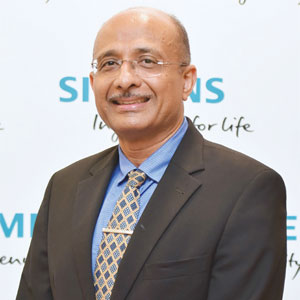THANK YOU FOR SUBSCRIBING
Editor's Pick (1 - 4 of 8)

A Paradigm Shift in Power Sector Development with IoT
Priyantha Wijayatunga, Director, South Asia Energy Division, Asian Development Bank (ADB)


Priyantha Wijayatunga, Director, South Asia Energy Division, Asian Development Bank (ADB)
IoT, If Properly Embraced, Can Change The Picture In Power Systems Completely
Weekly Brief
I agree We use cookies on this website to enhance your user experience. By clicking any link on this page you are giving your consent for us to set cookies. More info
Read Also













